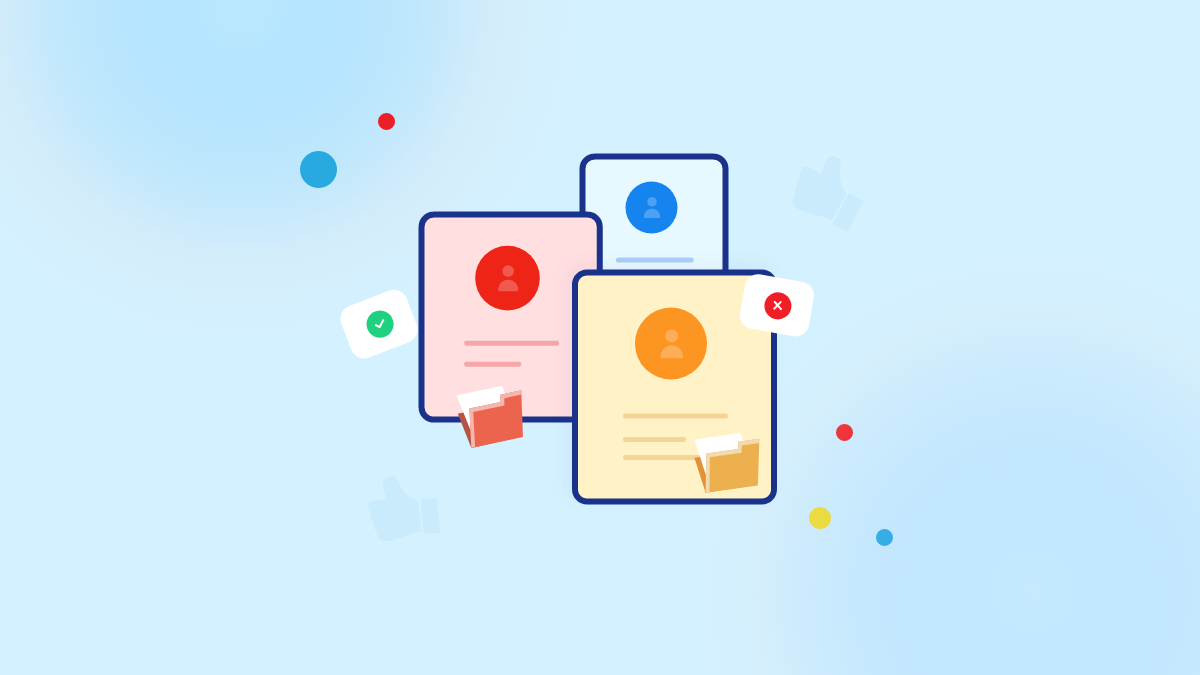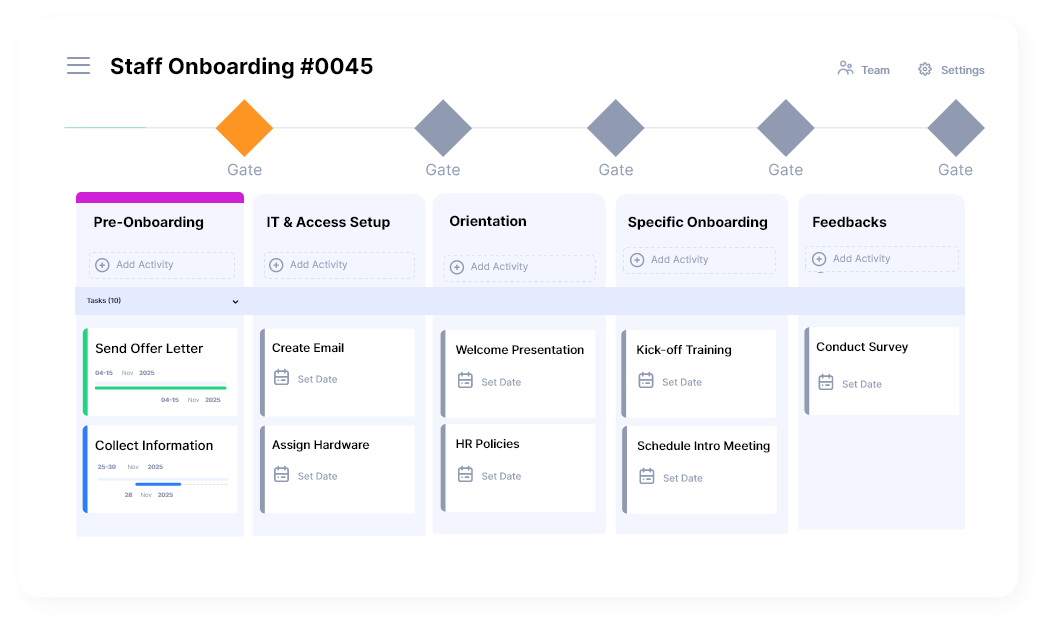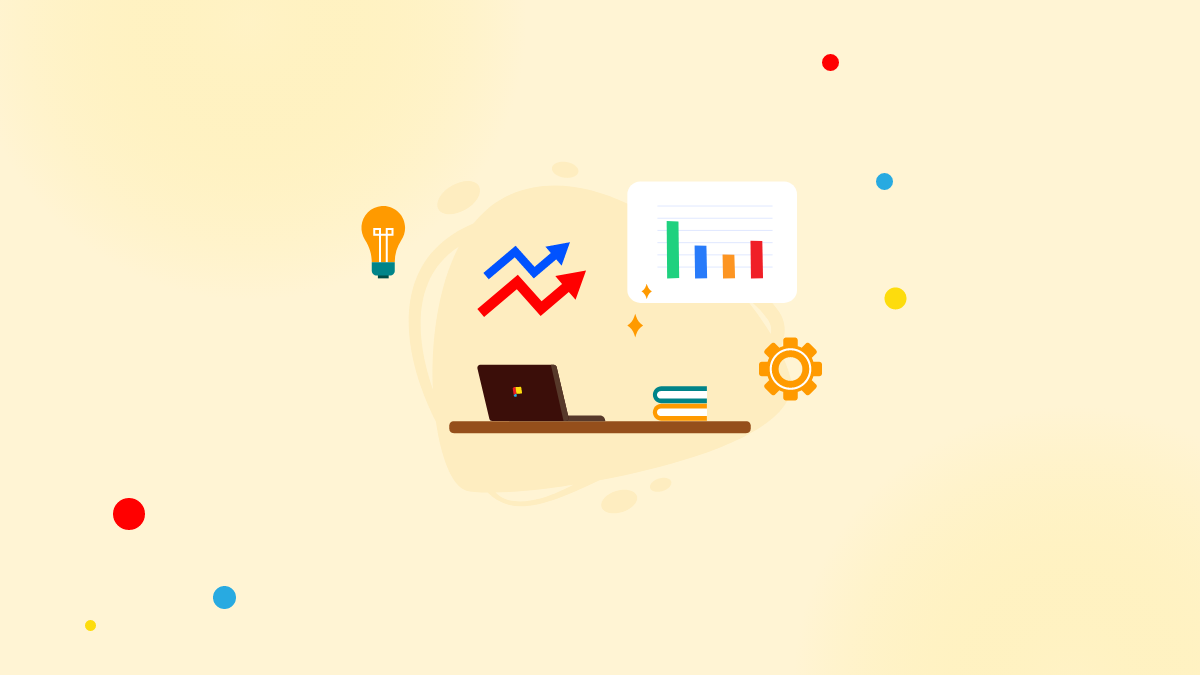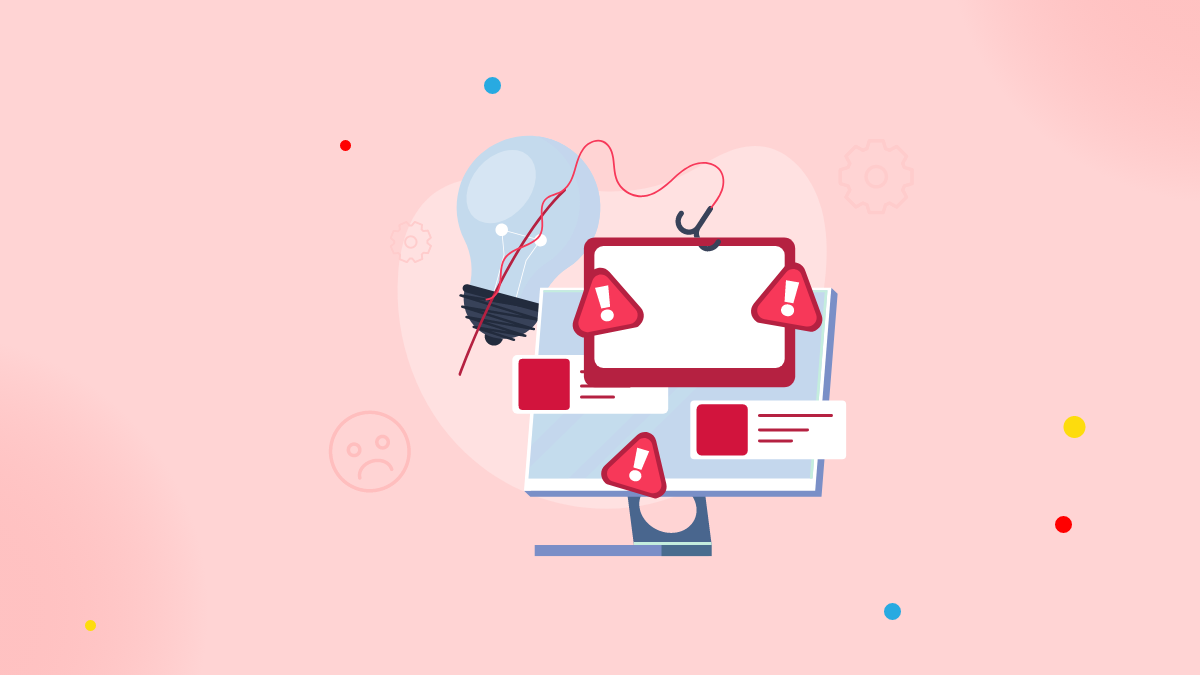 Fixing the Chaos with No-Code Workflow Automation
Fixing the Chaos with No-Code Workflow Automation
Remember your first week at a new job?
The confusion, the emails from five different people, and the frantic search for that “onboarding checklist” someone said they shared? If you’re lucky, there’s a Google Sheet. If not, there’s just Slack messages and crossed fingers.
Now imagine being the person managing that onboarding process for a growing team. Multiply that chaos by 10.
Onboarding shouldn’t be a mess. It should be your team’s first experience of your culture, processes, and clarity. But most companies still rely on scattered tools and manual checklists to get new hires up to speed.
There’s a better way—and it doesn’t require hiring a full IT team or custom software.
The Hidden Cost of Bad Onboarding
When onboarding is manual, it’s inconsistent, error-prone, and slow. That doesn’t just frustrate new hires—it slows down your entire team.
According to Sapling HR, 88% of employees say their employer did not provide a great onboarding experience (Kallidus, 2023). And companies with poor onboarding see new hire retention drop by as much as 50% in the first 18 months (BambooHR, 2024).
It’s not just about the welcome email. It’s about access to systems, clarity in role expectations, compliance documentation, IT setup, team introductions, and understanding your company’s tools and workflows.
Manual checklists and long email threads don’t scale. But no-code platforms do.
 What Is No-Code Automation—and Why Does It Matter for HR?
What Is No-Code Automation—and Why Does It Matter for HR?
No-code platforms allow you to design workflows without writing code. These tools let you create structured onboarding journeys with automated steps, task assignments, document collection, and approval flows.
Instead of juggling Google Docs, Notion, Slack threads, and HR spreadsheets—you create one centralized onboarding app. New hire joins → checklist launches → tasks go out automatically → HR breathes a little easier.
Tools like Planally are especially helpful for companies who want custom onboarding without paying for custom development. You can tailor the onboarding experience based on role, location, department, or contract type—all in a visual, drag-and-drop interface.
A Real-World Example: 5-Phase Onboarding Workflow Built in Planally
Let’s break down a real-world onboarding process using a no-code platform. Here’s how it looks when structured into a digital phase gate workflow:
Phase 1: Pre-Onboarding
- Offer letter sent and signed
- Collect personal info and required documents (ID, tax forms, bank info)
- Assign buddy/mentor
- Prepare welcome kit
Phase 2: IT & Access Setup
- Create email and system accounts (HRMS, Slack, Notion, Jira, etc.)
- Assign hardware (laptop, monitors)
- Set up 2FA, password manager, VPN
- Schedule intro call with IT
Phase 3: Orientation
- Welcome presentation
- HR policies and code of conduct
- Org chart and team structure
- DEI and company values training
Phase 4: Role-Specific Onboarding
- Assign manager checklist
- Schedule intro meetings with stakeholders
- Access to relevant tools and data
- Kick off role-specific training modules
Phase 5: Feedback & Check-Ins
- 1-week, 1-month, 3-month check-ins
- Pulse survey on onboarding experience
- Capture suggestions for continuous improvement
Each phase is triggered automatically when the previous is complete. All stakeholders (HR, IT, managers) see their responsibilities clearly. And everything is tracked—from doc uploads to task completion.
 The Business Value of Automated Onboarding
The Business Value of Automated Onboarding
No-code automation isn’t just an HR convenience—it’s a strategic investment.
- ✅ Speed: Reduce onboarding timelines by 30–50% (Zapier, 2024)
- ✅ Consistency: Every hire gets the same great experience
- ✅ Compliance: Track policy acknowledgments and required submissions
- ✅ Visibility: Know where every new hire stands in real time
- ✅ Scalability: Works just as well for 5 hires as it does for 500
Studies have shown that companies with structured onboarding experience 50% greater new hire productivity and 82% higher retention rates (Brandon Hall Group, 2024).
Getting Started: You Don’t Need to Code to Customize
One of the biggest misconceptions about workflow automation is that it’s too complex or technical. But modern no-code tools were built for operations, HR, and project managers—not developers.
With Planally, for instance, you can:
- Design an onboarding roadmap for different employee types
- Use templates to reduce admin work across departments
- Set automated alerts and approval chains
- Integrate document collection and digital signatures
- Create dashboards to monitor progress and feedback
And if your onboarding evolves (new policies, more tools), you just tweak the workflow. No dev tickets, no delays.
Final Thoughts
A new hire’s first experience is your company’s first impression. Don’t leave it to chance.
No-code onboarding automation turns chaos into confidence. It gives HR the structure they crave, managers the clarity they need, and new hires the seamless experience they deserve.
The best part? You don’t have to start from scratch. With tools like Planally, the framework is already there. You just make it yours.



